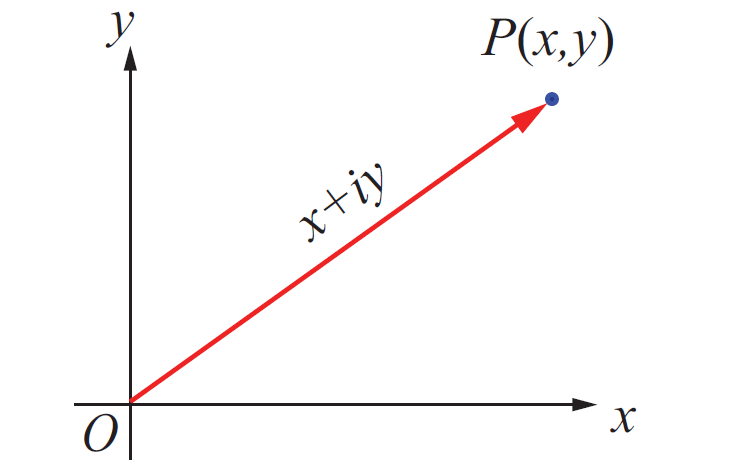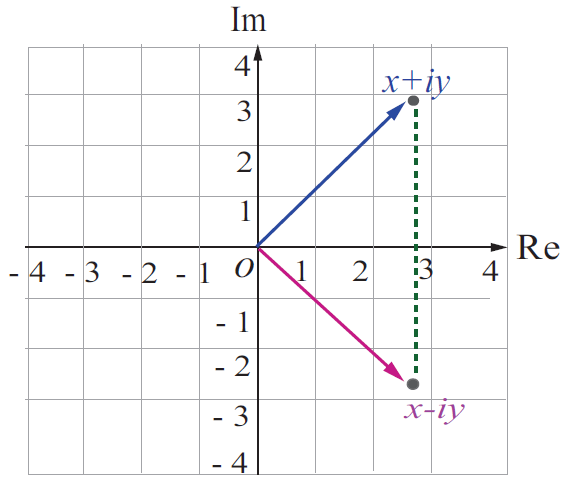MEANING OF DERIVATIVE IN CALCULUS
Calculus is the mathematical study of continuous change having two major branches :
1. Derivative (or differential calculus)
2. Anti-derivative (or integral calculus)
Derivative measures the rate of change in one variable or quantity with respect to the change happening in another variable or quantity.
For example, let x be an independent variable and y be a dependent variable which is depending on x.
Since y is depending on x, we can write y as a function x.
y = f(x)
Y will get different values for different values of x.
For example, let y = x2 + 3.
x = 1 ----> y = 12 + 3 = 4
x = 2 ----> y = 22 + 3 = 7
x = 3 ----> y = 32 + 3 = 12
x = 4 ----> y = 42 + 3 = 19
From the above working, it is clear that for different values of x, we get different values of y.
So, the value of y is getting changed according to the change in the value of x.
Therefore, rate of change of y is with respect to the change in x.
We can find derivative of y with respect to x. That is
dy/dx
Derivative can also be defined as the slope of a curve at some value of x.
Power Rule of Derivative
Power rule of derivative is the fundamental tool to find the derivative of a function f(x) which is in the form
f(x) = xn
To get the derivative of xn, we have to bring the exponent n in front of x and subtract 1 from the exponent.
f'(x) = nxn - 1
Find the derivative of each of the following.
Example 1 :
f(x) = x3
f'(x) = 3x3 - 1
= 3x2
Example 2 :
f(x) = x2
f'(x) = 2x2 - 1
= 2x1
= 2x
Derivative of a Constant
In the above section, we have seen that the derivative of y is measuring change in y with respect to the change in the other variable x.
What if y is a constant?
If y is a constant, then there is no change. If we measure the rate of change in the quantity that has no change or it is fixed, the result will always be zero.
Because, if there is some change in y and we measure the rate of change, we will be getting some result other than zero. But, if y is fixed or it has no change, then the rate of change of y is zero.
Therefore, the derivative of any constant is zero.
Example 3 :
A cab driver charges $5 per mile a passenger travels. If y represents the cost for travelling in the cab and x represents the miles travelled, then the rate of change of y is 5/1 or 5. That is, the value of y is getting change by 5 units for every 1 unit change in x.
More clearly, the cost of travelling in cab is increasing by $5 for the increase of every mile.
Therefore, the derivative of y with respect to x is 5.
Example 4 :
A cab driver has a fixed package of $100 per day travelling inside the city. Here, if a passenger travels 1 mile or two miles or any number of miles inside the city in a day, he has to pay $100 per day.
Let y represent the cost for travelling in the cab and x represent the miles travelled. Then the rate of change of y is 0. Because, the value of y is fixed (or constant), that is 100.
Therefore, the derivative of y with respect to x is 0.
Constant Coefficient Rule
The derivative of a variable with a constant coefficient is equal to the constant times the derivative of the variable.
That is if there is a variable x with the constant in multiplication or division, we will keep the constant as it is and find the derivative of the variable alone.
Find the derivative of each of the following.
Example 5 :
f(x) = 5x3 + 3x2
Using the power rule of derivative,
f'(x) = 5(3x3 - 1) + 3(2x2 - 1)
= 5(3x2) + 3(2x1)
= 15x2 + 6x
Example 6 :
f(x) = x3/3
Using the power rule of derivative,
f'(x) = (3x3 - 1)/3
= (3x2)/3
= (3/3)x2
= x2
Example 7 :
f(x) = -7/x2
f(x) = -7x -2
Using the power rule of derivative,
f'(x) = -7(-2x -2 - 1)
= -7(-2x -3)
= -7(-2/x 3)
= 14/x 3
Example 8 :
f(x) = 5x3 + 3
In the function above, we have two constants 5 and 3. The constant 5 is multiplied by the variable x3 and 3 is staying alone without the variable.
When we find the derivative of f(x) = 5x3 + 3, we have to keep the constant 5 as it is. Because 5 is multiplied by the variable x3. The derivative of 3 is zero, because it is not with the variable.
f(x) = 5x3 - 3
Using the power rule of derivative,
f'(x) = 5(3x3 - 1) - 0
= 5(3x2)
= 15x2
Derivative of Square Root of x
We can find the derivative of square root of x with respect to x using the power rule of derivative.
f(x) = √x
Write the square root as exponent 1/2.
f(x) = x1/2
Use the power rule of derivative.
f'(x) = (1/2)x1/2 - 1
= (1/2)x-1/2
= 1/(2x1/2)
= 1/(2√x)
So, the derivative of √x with respect to x is 1/(2√x).
Derivative of x with Respect to x
We can find the derivative of x with respect to x using the power rule of derivative.
f(x) = x
f(x) = x1
Use the power rule of derivative.
f'(x) = 1x1 - 1
= 1x0
= 1(1)
= 1
So, the derivative of x with respect to x is 1.
We can extend this concept to any variable like y or t.
Derivative of y with respect to y is 1.
Derivative of t with respect to t is 1.
Slope of a Curve Using Derivative
The following steps would be useful to find the slope of a curve at some value of x.
Step 1 :
Find the derivative of the function f(x) which represents the curve.
Step 2 :
Substitute the given value of x into the derivative of f(x).
Example 9 :
Find the slope of the curve f(x) = 3x3 + 5 at x = -2.
f(x) = x3 + 5
f'(x) = 3x3 - 1 + 0
f'(x) = 3x2 + 0
f'(x) = 3x2
Substitute x = -2.
f'(-2) = 3(-2)2
= 3(4)
= 12
Slope of the given curve at x = -2 is 12.
Example 10 :
Find the slope of the line f(x) = 2x - 3 at x = 3.
f(x) = 2x - 3
f'(x) = 2(1) - 0
f'(x) = 2
Substitute x = 3.
f'(3) = 2
In the derivative f'(x) = 2, if we substitute any value for x, we will be getting only 2 on the right side. Because there is no variable x on the right side.
From this, we can understand that the slope of a line is a constant. That is, for any value of x, the slope of a line will be same.
So, the slope of the given line is 2.
Kindly mail your feedback to v4formath@gmail.com
We always appreciate your feedback.
©All rights reserved. onlinemath4all.com
Recent Articles
-
First Fundamental Theorem of Calculus - Part 1
Apr 17, 24 11:27 PM
First Fundamental Theorem of Calculus - Part 1 -
Polar Form of a Complex Number
Apr 16, 24 09:28 AM
Polar Form of a Complex Number -
Conjugate of a Complex Number
Apr 15, 24 11:17 PM
Conjugate of a Complex Number

